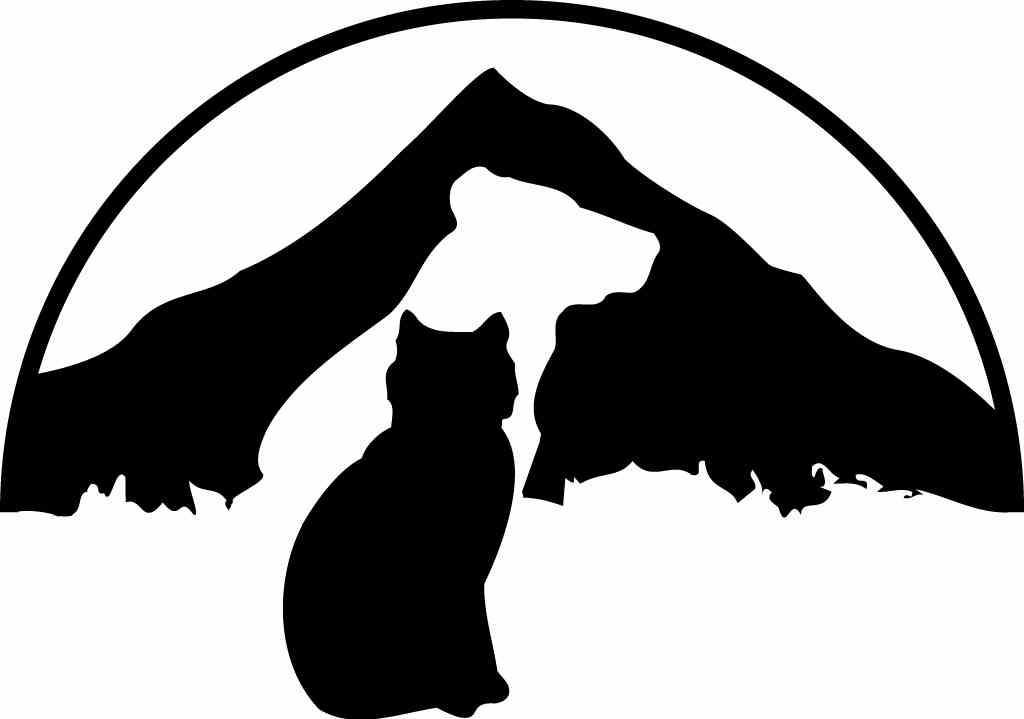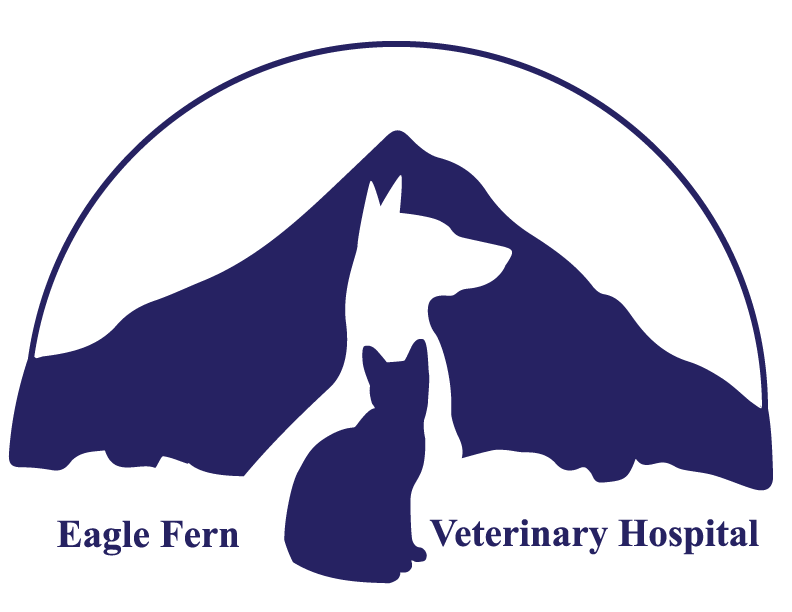 Cranial Cruciate Ligament Rupture Cranial Cruciate Ligament Rupture
Cranial cruciate ligament (CCL) rupture of the knee is a leading cause of lameness in dogs. The CCL is one of two ligaments located inside the knee. Because the CCL is the primary constraint against stifle extension and internal rotation, events causing excessive internal rotation and hyperextension are probable mechanisms for traumatic rupture. However, such cases represent a minority of patients with CCL problems. More commonly, CCL disease is related to degenerative changes within the ligament that occur with age.
Dogs of any breed, sex, or age can present for lameness resulting from CCL problems, however conformation and heredity seem to play a role in the disease. A breed predisposition has been reported in Labrador retrievers, Chesapeake Bay retrievers, Rottweilers, Mastiffs, American Staffordshire terriers, Neopolitan mastiffs, Akitas, and St. Bernards. Larger breeds and obese dogs have an increased risk of CCL disease. Onset of lameness can be sudden and severe after a traumatic or athletic injury or slow and insidious more typical of degeneration of the ligament. An examination is recommended on any lame or painful animal to determine the cause of the problem. Thickening and laxity of the joint can often be palpated. Changes in the joint seen on x-rays help to confirm a suspicion of CCL injury.
Different surgical procedures exist but no one procedure consistently returns dogs to normal function after CCL injury suggesting that research for even better treatment options is still needed. Two common surgical procedures include extra-capsular repair where a prosthetic suture is used to stabilize the joint and the tibial plateau leveling osteotomy (TPLO) where the tibia is cut and stabilized with a bone plate changing the angle of the joint. The extra-capsular repair is better done on small to medium size dogs decreasing the chance that the prosthetic suture will break. It also does not slow the progression of osteoarthritis as the TPLO does, so it is better used in older animals that don't have as many years for the arthritis to progress. The TPLO is the better choice for large breed dogs as well as younger dogs.
Complications can occur with both surgeries including infection, reactions to the prosthetic suture or bone plate, and surgery failure. Strict postoperative guidelines are given for cage rest and leash walking only (no running, jumping or playing) as well as physical therapy to promote mobility and healing, decreasing the chances of complications.
Medical treatment for joint care including glucosamine supplements, non-steroidal anti-inflammatory medications, and special joint diets are also often recommended since osteoarthritis is inevitable in any injured joint.
| 
